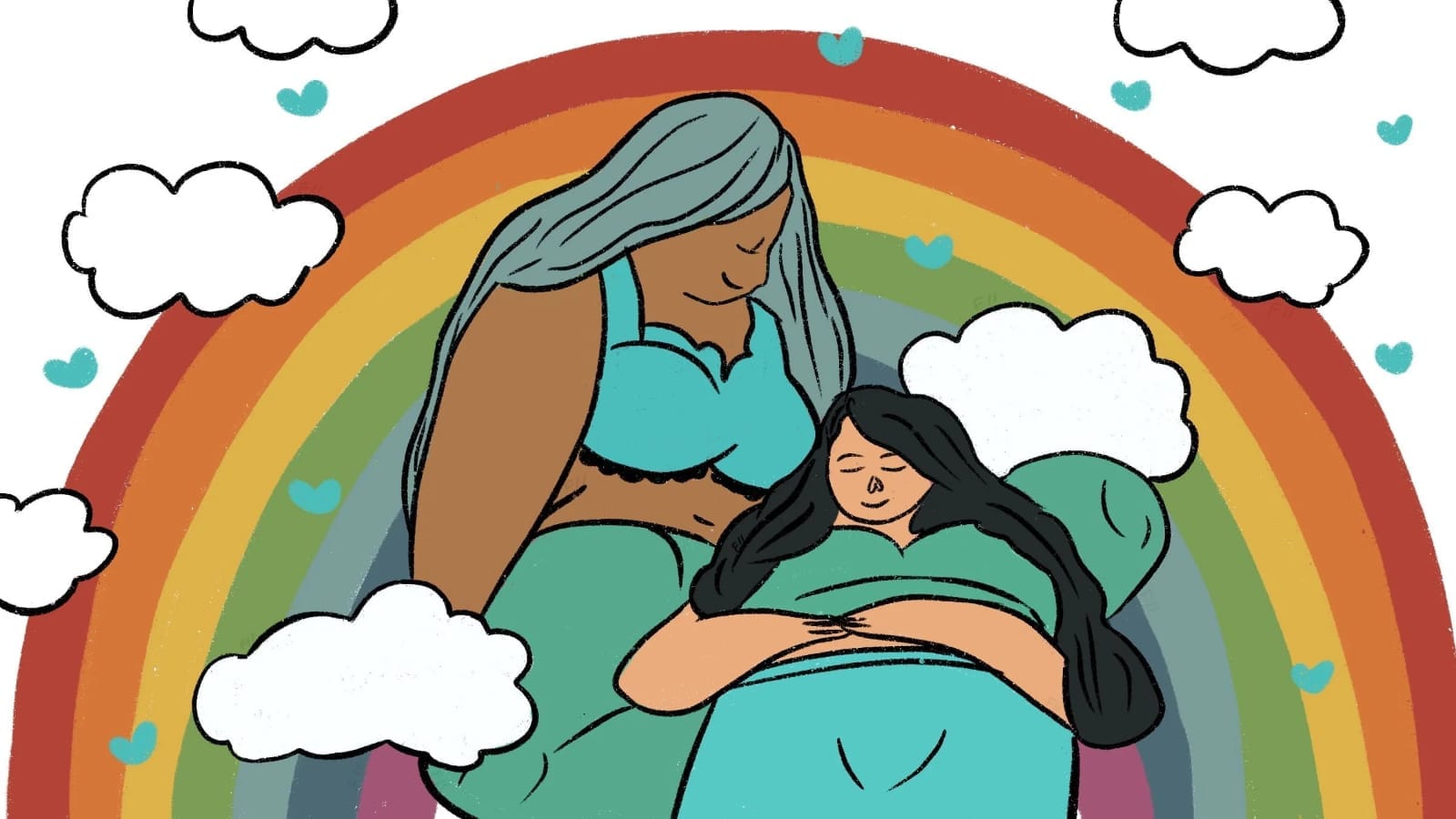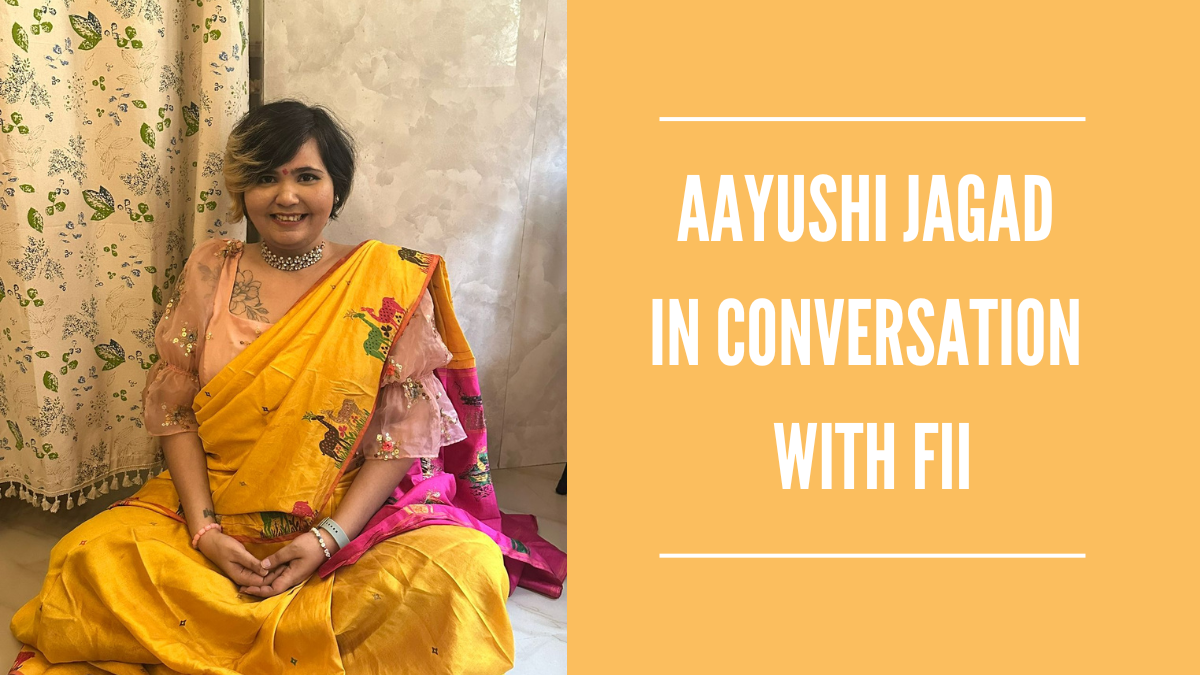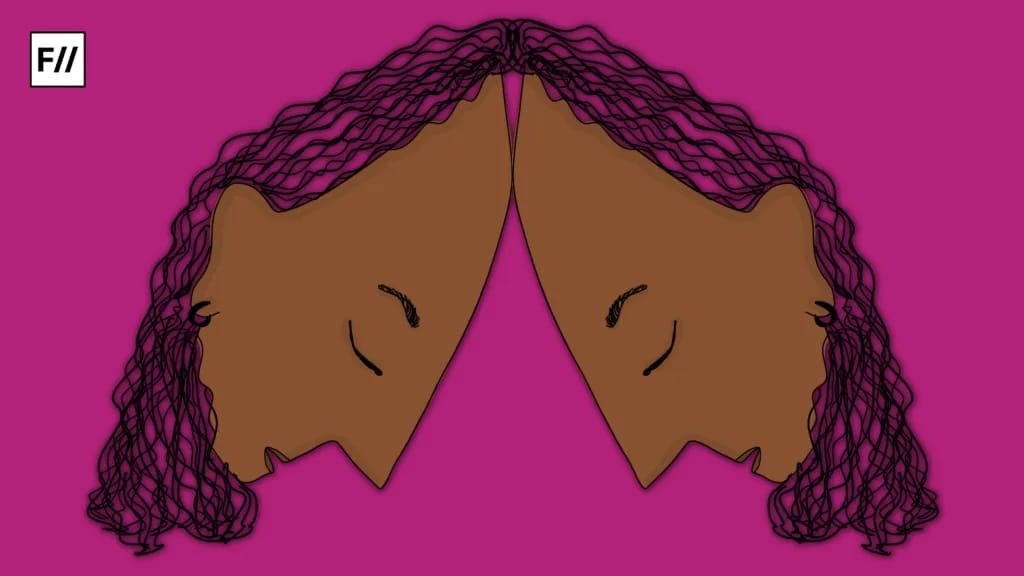On a Friday night, after an office party and a few drinks, Raj (name changed to protect identity) opened Grindr like many other young queer men in India—hoping for connection, company, or simply a night where he could feel seen. For Raj, like many others, the purpose was clear: to seek intimacy free from the threat of persecution. He had long given up on finding real, lasting connections on dating apps.
As he scrolled through the app, frustrated by the many paywalls, he settled for the convenience of matching with someone just a mile away. The now-familiar ritual unfolded—verify identity, exchange a few words, share location. A process that once brought excitement had now become a routine cloaked in caution.
The man, after repeatedly asking for directions, finally arrived. Raj’s flatmate, wary of strangers, was visibly uneasy. But this was not unusual—Raj had grown accustomed to Grindr hookups conducted in secrecy, with men who often appeared nervous or guarded. When the stranger entered the apartment, nothing seemed immediately out of place.
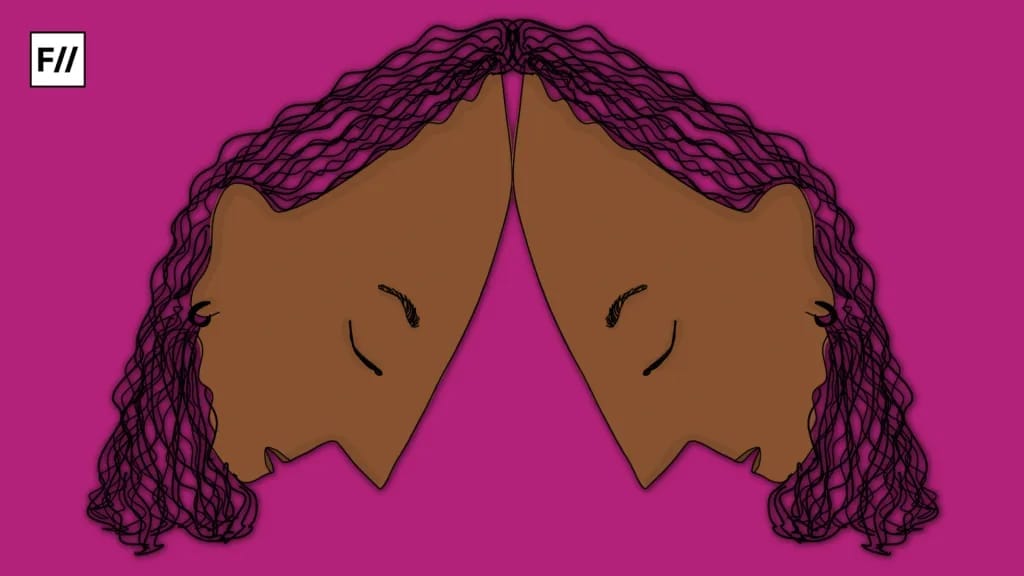
However, as Raj walked the person out after the encounter, the situation took a sinister turn. Unknown to him, the visitor had already called someone from his bathroom, asking them to wait downstairs. As they descended the stairs, Raj saw another person sprinting toward him at full speed.
“Paise do” (Give us money), they threatened.
Gripped with fear, Raj froze. The men demanded a large sum of money and eventually robbed him. Terrified of being outed and evicted from his home, he complied without resistance. He handed over everything he had—and remained silent.
The Indian queerphobia
This story isn’t just about Raj—it’s also about the deep-rooted queerphobia that continues to shape everyday life in Indian society. Although queer existence is no longer criminalised, they are also not given any legal status and full social acceptance remains a distant goal. Meanwhile, social attitudes have changed only gradually—many queer Indians still face stigma, discrimination, and outright hostility in their daily lives.
Meanwhile, social attitudes have changed only gradually—many queer Indians still face stigma, discrimination, and outright hostility in their daily lives.
Earlier this year, on April 27, a Pride parade in Amritsar was cancelled after it was deemed offensive to religious sentiments—a stark reminder of how queer visibility is still perceived as a threat. According to a Times of India report, a significant portion of India’s LGBTQIA+ population continues to face threats, harassment, and displacement. Alarmingly, one in three queer individuals report having faced physical threats or homelessness—often after being rejected by their own families.
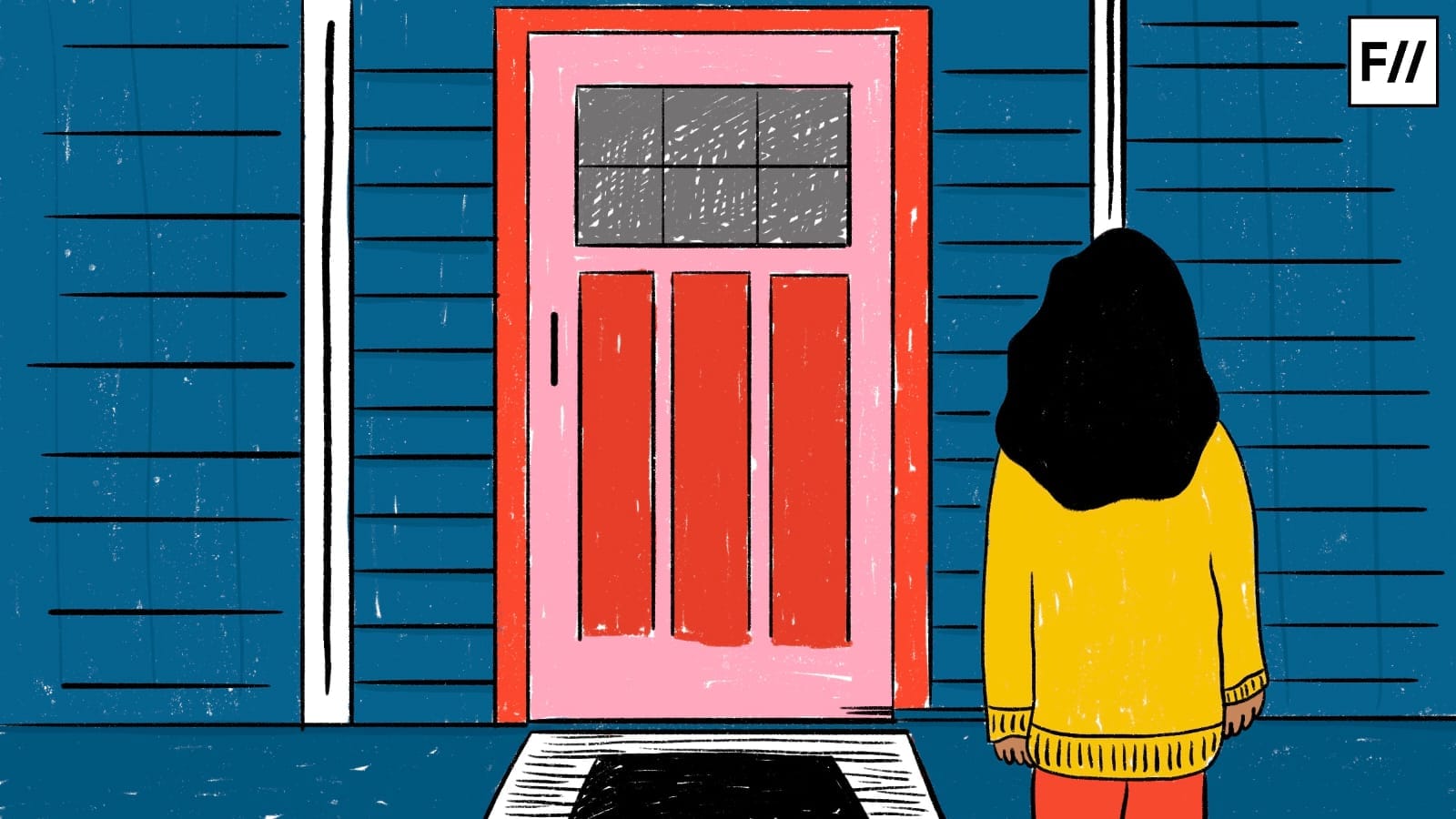
In such an environment, the ability to connect discreetly, without the risk of outing or public exposure, feels less like a luxury and more like a lifeline. For many, apps like Grindr provide not just intimacy but temporary safety.
About Grindr
Launched in 2009 in the US, Grindr is a widely-used dating app among queer people—particularly queer men. Though now often referred to as a hookup app, it has consistently positioned itself as a space created for the queer community.
In 2015, Grindr even launched ‘Grindr for Equality,’ an initiative that aims to improve the lives of LGBTQ+ individuals, making them equal, free, healthy, and just. It gained quick popularity, particularly for its discreet nature, allowing queer users to connect while maintaining anonymity. According to Grindr’s website, 80% of its users are now based outside the United States.
Systemic analysis
This story reflects a broader crisis rooted in the digital infrastructure that queer individuals increasingly rely on. In the absence of regulation, moderation, or meaningful accountability, platforms like Grindr can, and often do, cause harm.
Grindr’s business model thrives on two things: anonymity and scale—not safety. While the harm experienced by users is deeply local, the systems profiting from that harm are global.
A former Grindr employee, who worked in the customer and tech support department, revealed that reports of crimes such as robbery were received almost weekly as far back as 2016.
A former Grindr employee, who worked in the customer and tech support department, revealed that reports of crimes such as robbery were received almost weekly as far back as 2016. Despite these repeated complaints, victims were often left with little support or information. According to them, no significant changes were made to address the recurring safety threats.’Yeah, it was just conversations between my team,’ they said. ‘We were quite far removed from the rest of the company.’
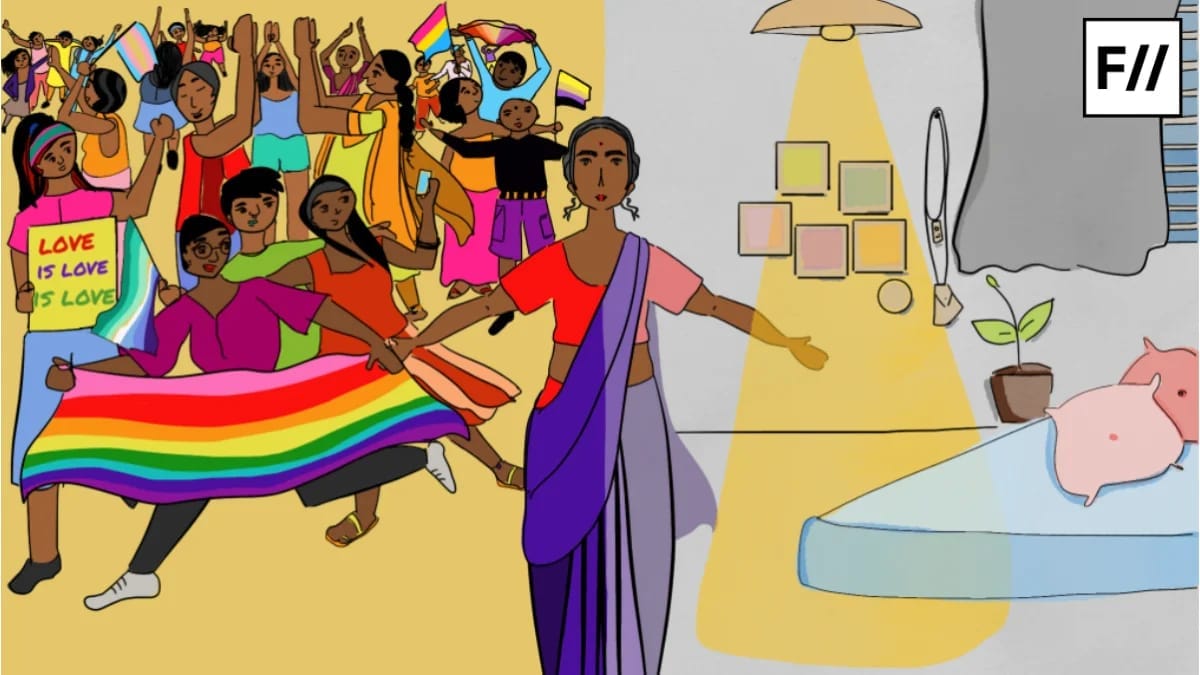
This pattern of negligence continued even after Grindr faced international scrutiny. In 2021, the Norwegian Data Protection Authority (NDPA) fined the company approximately $6 million for sharing user data with advertisers without proper consent. The data included highly sensitive personal details, such as HIV status, last tested date, and whether users were on medication like PrEP.
Professor Chris Connor, Visiting Assistant Professor of Sociology at Knox College and author of The Gay Gayze: Expressions of Inequality on Grindr, has studied the app’s broader impact on queer digital life. He frames Grindr’s business model as a commodification of intimacy:
‘I think it’s like 1.2 million users daily. If you could get even a fraction of that—let’s say 10%—that’s a lot of money. It’s the monetisation of love. The monetisation of human interaction. The monetisation of community.‘
The app, he notes, reinforces stigma around body type, age, and race.
In his research, Connor argues that Grindr has redefined how gay men interact, but not without consequence. The app, he notes, reinforces stigma around body type, age, and race. He further explains:
‘The other problem is, online, we tend to disclose a lot of ourselves to others. And as a result, that means it’s rife for people to take advantage of you.’
Grindr, despite its messaging, has never been known for its kindness. Users frequently report bullying, racism, and rising instances of financial and physical harm. In addition, features that were once free are now locked behind steep paywalls—another way the platform profits while distancing itself from user responsibility.
The same former employee adds that Grindr’s primary use was never really dating—it was always about hookups. ‘So the things that you would see on the app were quite often sexually explicit. We would also do profile, photo, approval and rejection,’ they explained. Yet despite the content, moderation remained minimal and reactive, rather than preventive.
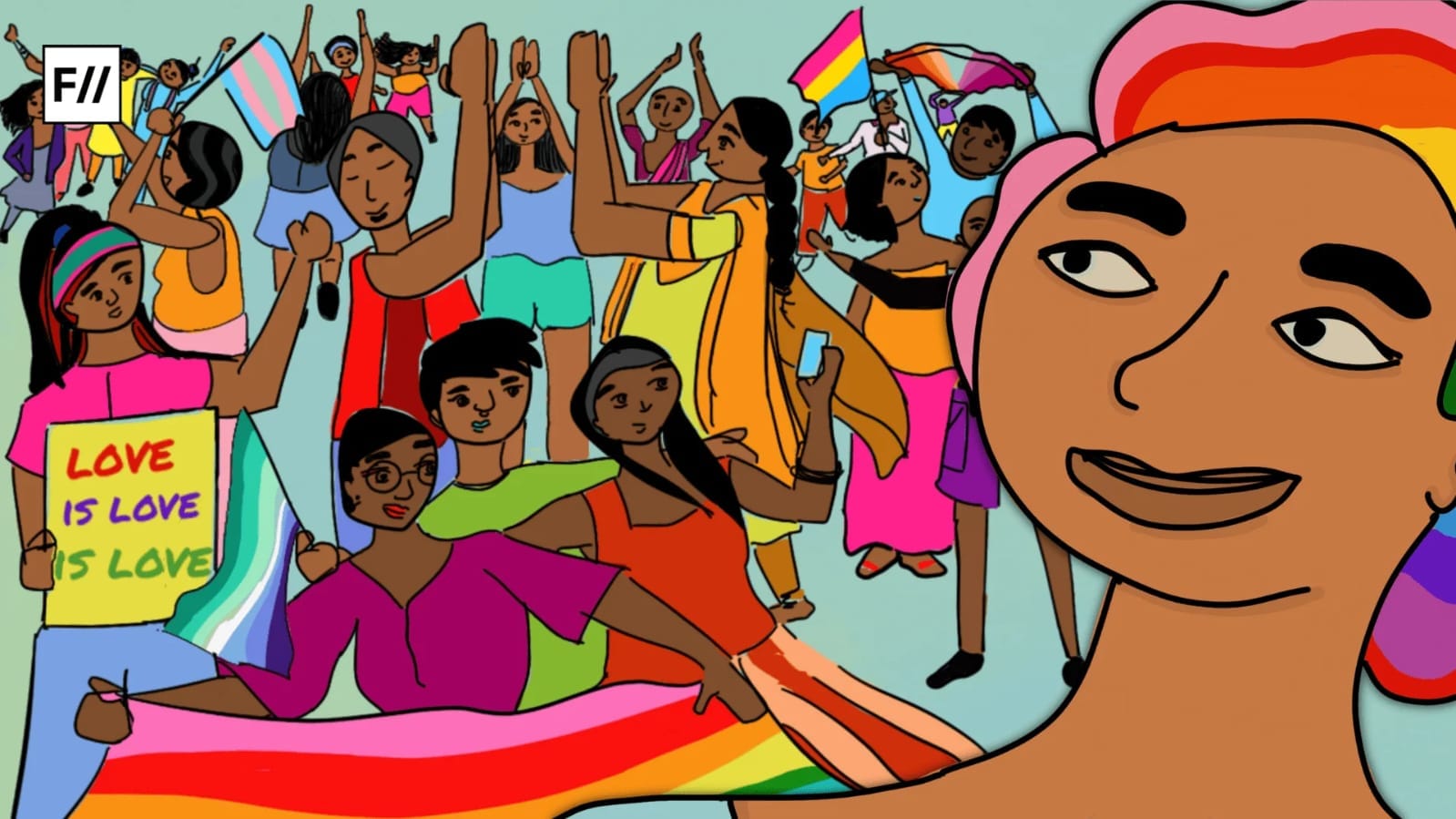
Despite the risks, Grindr remains one of the most popular apps among queer individuals, with more than 14.5 million monthly active users. In places where queer communities still grapple with social acceptance and legal protection, apps like Grindr offer something invaluable: the comfort of secrecy.
Where do we go from here?
If platforms like Grindr are to remain central to queer connection in digital spaces, they must also be held accountable, go beyond the performative act. This means implementing meaningful policy reform, improving content moderation, and integrating safety mechanisms tailored to local cultural contexts.
As the world continues to celebrate digital visibility for the queer community, it must also ensure digital safety. For now, many queer users are left navigating a digital world full of both possibility and peril—one swipe at a time.
About the author(s)
Asmita Seth is a queer feminist writer committed to advocating for marginalized communities. Writing since a young age, she aims to inspire hope and drive change much like the writers who inspired her. Asmita's work explores themes of gender research, media and mental health.
